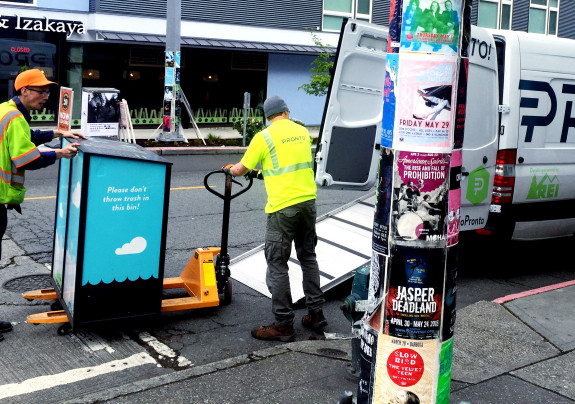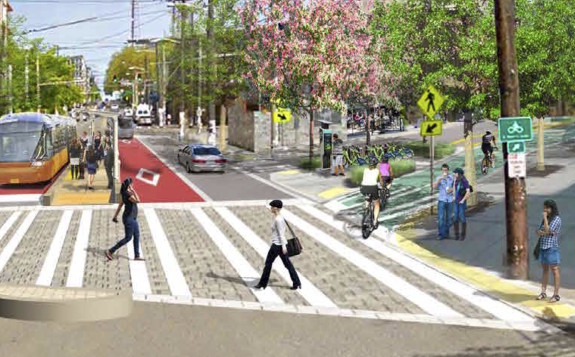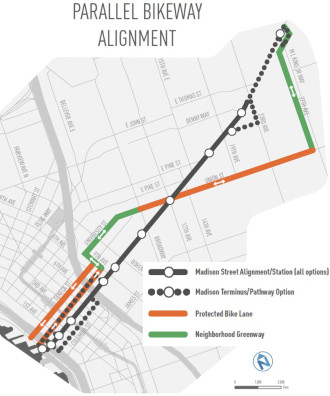
If you buy a 24-hour or three-day pass to use Pronto Cycle Share, you will now have to pay an extra $2 to check out a helmet.
The bike share service activated the locks on their helmet bins today, which now require a key code to open. Previously, the bins were completely unlocked and Pronto users were able to borrow cleaned-and-inspected helmets for free and return them on the honor system.
Pronto reports a relatively low theft rate of about 5 percent. Many of these thefts occurred shortly after the system launched in October. Perhaps everyone looking to snag a free helmet has now done so. Early annual members also received a coupon for a free Pronto helmet to keep, and many of them may have taken it from the bin rather than from the select retail outlets like they were supposed to (*wags finger*).
Of course, the return bins will remain unlocked, so future helmet thieves or people looking to skip the $2 charge can still score a free helmet so long as they’re willing to risk getting your head lice.
Originally, Pronto planned to have helmet vending machines at each station, but there is no “commercially viable helmet-vending machine available in the U.S.,” according to a Pronto press release (read the full release below).
Annual members will get emails periodically telling them the code to continue getting free helmet rentals. They can also find the code in the Members Area of the Pronto website. So that’s one more incentive to become an annual member.
More details about the helmet rental change, from Pronto: (more…)













